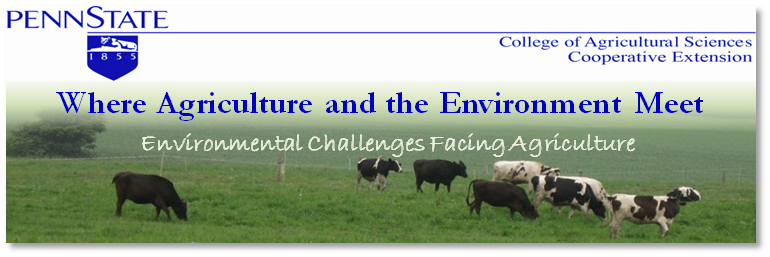
Byproduct feeds are becoming a more temping purchase as corn and soybean prices increase, but phosphorus (P) levels of rations need to be monitored is byproducts are in the ration. The 2001 National Research Council, Nutrient Requirements for Dairy Cattle, recommends 0.29% to 0.40% P in rations to support milk production, but generally 0.38% is enough to meet most dietary needs. This value already contains a fudge factor so there is no need to feed above these recommendations.
Unlike nitrogen, which moves down through the soil, P tends to build up in the top layers of soil, and in areas of historic intensive farm the P levels in the soil can be quite high. Up to 90% of P is bound to the sediment so the main way to prevent P from getting into water sources is to reduce erosion. Once P gets into streams, lakes, and other waterways it causes algae blooms, which remove oxygen from the water essentially making the water unlivable for aquatic organisms. This tends to make the news when “dead zones” develop in the Chesapeake Bay, but the smaller streams running through your property also supports aquatic life that can be detrimentally impacted by P runoff.
Byproduct feeds are at least twice as high in P as corn grain, and soybean meal is also fairly high in P. Therefore adding a lot of these byproducts can rapidly increase the overall P content of rations, and like nitrogen, excess dietary P ends up in the manure. That manure then needs to be spread on ground that already has high P concentrations limiting the options for where it can be spread without increasing the P content of the soil. Therefore decreasing the P content of the ration along with decreasing soil erosion will result in the greatest reduction of P runoff into water sources.

No comments:
Post a Comment